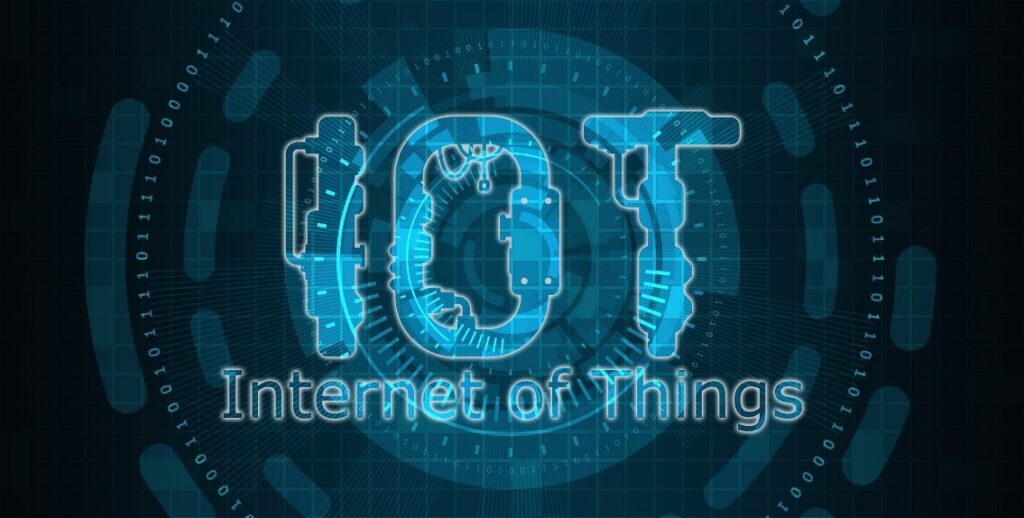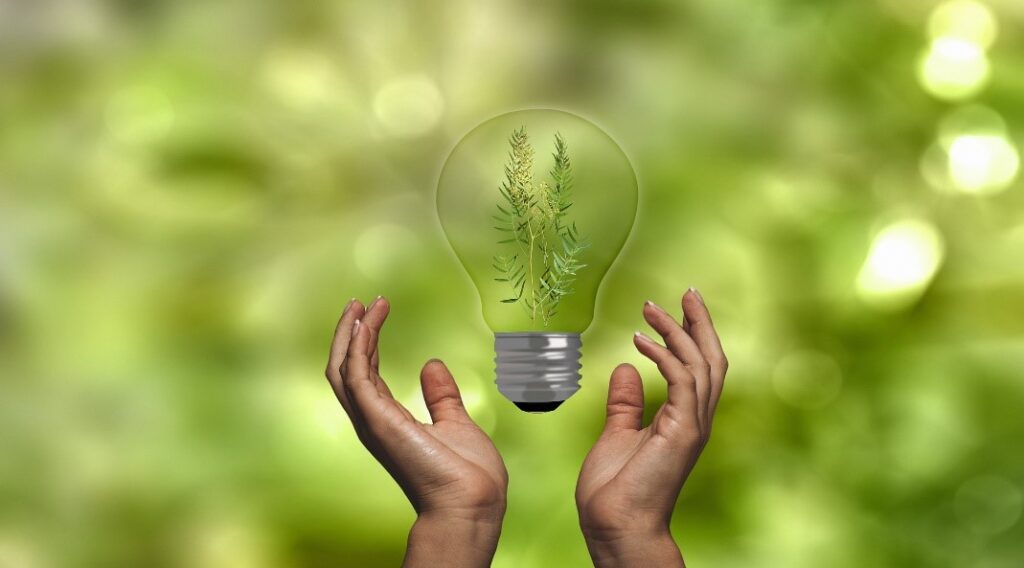The role of IoT in protecting the environment
Technology is a catalyst for change. However, while technologies like the Internet of Things, Big Data, and Hadoop are effectively utilized in industrial operations, their benefits in building a sustainable environment often need to be more understood.
The undesirable benefits of IoT have inspired many industries to adopt technology to bring various products into the materialistic market. Although the advancements of IoT have still been untapped by many industries, the climate and environmental industries have begun to reap the advantages of the Internet of Things.
Role of IoT in protecting the environment
The industrial world is not alien to the commercialization of IoT products and is growing by leaps and bounds to make it better by every second. According to engineers and technical specialists from Tech I.S., the Internet of Things also facilitates the use of this technology in companies, forcing them to rely on eco-friendly policies. On a larger scale, they help substantially curb global poverty, protect against climate change and provide clean drinking water. The industry’s substantial developmental growth will help develop a more sustainable future.
IoT also has impactful capabilities to reduce industrial waste and fetches valuable data to improve the performance asset and better facility management. Intelligent IoT concepts can be applied to many areas of development like energy, water, oil and gas, transportation, etc. Implementing various IoT methods can also help mitigate environmental issues, using robust sensors which detect timely change.
IoT solutions for climate change
Research conducted in 2015 states that when technologies like the Internet of Things are used in communication and information technology, it can help reduce the emission of greenhouse gases by 63.5 gigatons by 2030. In addition, the contribution of green buildings with robust sensors to detect a change in the atmospheric composition can help reduce the amount of carbon monoxide in the atmosphere. Among other benefits, this procures real-time data, which helps build and maintain costs.
Overpopulation is also a severe threat to the environment. Many researchers predict that by 2050, over two-thirds of the population will move to cities, which further increases the need for greenhouse buildings. However, many cities worldwide have started implementing the concept of Smart cities, which help in the efficient water supply, improve congestion and provide reliable public transport, thereby reducing vehicle emissions.
IoT solutions for energy efficiency
Creating and distributing energy is a breeze with sensors, algorithms, and communication networks. However, these devices are necessary with IoT to maintain the environment’s overall health. For instance, with an intelligent tracking facility, we can anticipate the use of electricity months in advance and consume them effectively.
This valuable information will help the government harness energy efficiently and produce accurate projections to diminish the risk of overusing natural resources. Above all, practical energy usage can also help reduce greenhouse gases in the atmosphere, hence improving air quality.
Carbon capture technologies
Deforestation to develop cities and build commercial structures has been increasing every year. This diminishes soil quality and increases the amount of carbon dioxide in the atmosphere. Although the reforestation process is in place, it is not until years we can reap the benefits of today’s saplings. Hence, scientists have taken a different approach using the Internet of Things to capture carbon in the atmosphere. This technology works with the help of oil, coal, or gas to store carbon dioxide in their pre or post-combustion stages. The underground storage tanks connected with sensors help recycle this new atmospheric carbon into usable fuel.
Four ways IoT is already helping the environment
- Green driving is a new concept introduced in intelligent cities to understand and communicate what other vehicles are about to do. Not only will this reduce accidents, but it also helps the driver understand other vehicle movements, reducing fuel inefficiency by changing gears mindlessly.
- One of the great uses of this technology is in developing connected wildlife. It helps bring species back from the brink of extinction. With geo-mapping, connected drones, and less invasive tracking mechanisms of wild animals, scientists can reestablish species on the brink of extinction.
- Smart and connected homes help in saving energy. Forgetting to turn off lights, fans, Ac, and other electronic devices causes a drastic waste of energy which can be minimized by controlling them even when owners are away from home.
- Seniors also help farmers track their crops with the ideal temperature and record data based on their profits and losses. Farmers are now able to monitor climate, weather, sunlight, and other external factors using IoT systems, which helps in better crop yield
Conclusion
Every technology has its own advantages and demerits, and so does IoT. However, the efficiency and the benefits it offers to the environment outweigh the demerits of the technology. Over 75% of the IoT projects are working towards delivering clean drinking water and efficient energy usage. These projects are a great hope for developing a better tomorrow, even in underdeveloped counties.



























